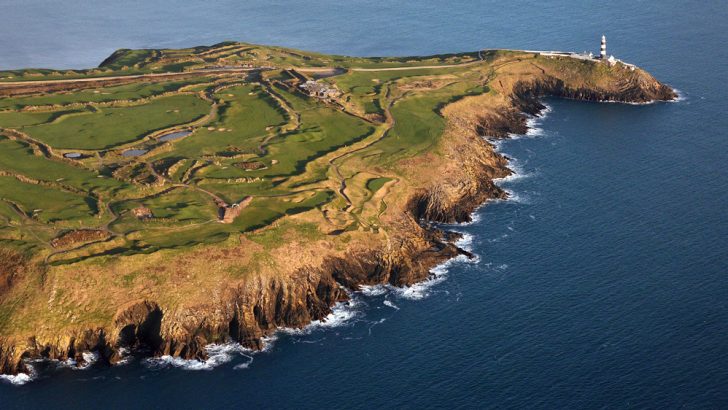The Earls of Castlehaven: Lord Audleys of Cork and Kildare
by Michael Christopher Keane
(ISBN 9781527230026; obtainable from all branches of O’Mahonys Booksellers, €20.00, tel. +353 – 614-18155; or directly from the author at Farran, Ovens, Co. Cork).
The subtitle to this book promises “War & Sex, Corruption & Land, from the battle of Kinsale to the Great Famine and beyond” – in all an exciting prospectus for the reader.
In his narrative on the Earls of Castlehaven, Keane does indeed provide a remarkable survey of Ireland’s history over many centuries of turbulence, especially in Cork, Kerry and Kildare.
This is an excellent publication. The author, Michael Christopher Keane, is a retired lecturer from University College, Cork. A native of Tarbert, Co. Kerry, he now lives in Ovens, Co. Cork, from which base he is exploring the history of the region. This very detailed family history is his second book.
The Earls of Castlehaven were active in the civic and political life of Ireland for more than 250 years. Following service on the continent in the Nine Years War, George Touchet, the 1st Earl (1551-1617), returned home and between 1599 and 1602 was involved in the Essex campaign, the Carew campaign and the Mountjoy campaign which ended with the battle of Kinsale.
Wounded
He was seriously wounded in that battle but following the defeat of the Irish clans became one of Ireland’s largest landowners, taking over vast estates across Ireland. These landholdings were estimated to have exceeded 200,000 acres.
The 2nd Earl (1593-1631) continued to acquire large estates both in Ireland and England. This he achieved mainly by strategic marriages. His second marriage, however, also brought him misfortune. Following the death of his first wife he married Anne Stanley, daughter of the influential 5th Earl of Derby.
She was described by a contemporary as ‘the wickedest woman in the world’. Anne and her son alleged that her husband, Castlehaven, had had her raped by one of his manservants and that he himself was serially committing sodomy with his servants. Following a protracted trial which generated great publicity he was found guilty and executed.
Keane suggests that his cause was not helped by the fact that he was regarded as being Irish, having spent most of his life residing in Ireland; that, although publicly claiming to be a member of the Established Church, he was suspected of being in secret a practising Catholic; and there was the influence of his wife’s powerful extended family.
The 3rd Earl (1617-1684) was a leading commander in the Catholic Confederacy uprising (1642-1650) and the subsequent resistance to Cromwell. He was also deeply engaged in the disastrous political manoeuvring within the Confederacy.
After the siege of Limerick, he pursued a military career in France and Spain. He returned to Ireland and England in 1660, was welcomed into the royal court and had some of his Irish properties restored. Remaining in the public eye, he was an active member of the House of Lords and published a lengthy memoir which is an invaluable source for the history of the period.
The 4th Earl (1610-1686) assumed the title in 1684 and died within two years. He was also a professed Catholic and had supported the 3rd Earl during the period of the Catholic Confederacy. In early life he had a significant role in protecting the young Charles II during the civil war in England, which eventually cost Charles I his life. Not surprisingly this was remembered on the restoration of the monarchy.
The 5th Earl succeeded in 1686. He was also a Catholic and fought with James I against William of Orange at the battle of the Boyne in 1690. He survived the conflict and died in 1700. The 6th Earl, James, was succeeded by the 7th Earl, also James; the 8th Earl, John, although married was childless and the earldom became extinct when he died in 1777.
The family later used their title in the British Peerage, and were known as the Lord Audleys. They developed copper mines near Ballydehob in West Cork in 1829, a venture which was riddled with fraud and corruption.
The 21st Lord Audley was caught up in the great Famine (1845-1851). His properties in West Cork were among the areas that experienced the greatest hardship and losses during that tragedy. His attitude to the people starving and dying on his estates was no different to that of his peers.
The Audley estates were disposed of in a bankruptcy sale after the Famine in the mid-1880s, bringing to an end the family’s involvement in the affairs of Ireland.



